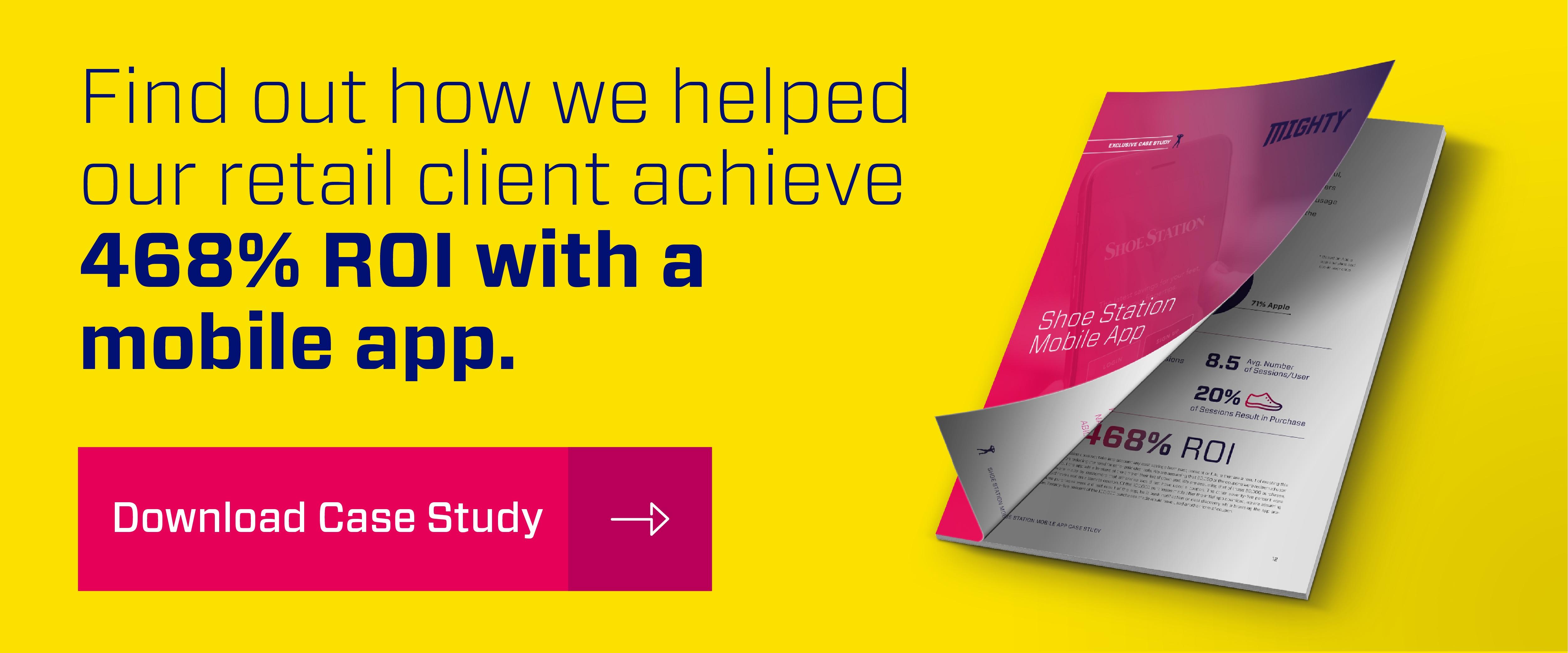Implementing a mobile strategy has a variety of benefits for retailers. A mobile strategy can get your brand in front of potential customers during their research process and target them on the go. In fact, according to Google,
- 94% of smartphone users search for location based information
- 51% of those visited a store
- 48% of those called a store
- 29% of those made a purchase in-store and did so quickly
Most people are aware of the important role mobile plays in marketing but many are unsure of how to utilize it. Just under half of all companies don't have a mobile marketing team- but they should. Why? 1/3 of all web traffic is from mobile devices. This creates a huge opportunity for retailers to implement a quality mobile strategy and capitalize on the 80% of internet users own a smartphone.
So how do you get started creating your own mobile strategy? Here's how retailers should harness the power of mobile in 2017.
1. Understand your user's needs. Mobile users have needs that differ from desktop users. Many are on the go. Your mobile site should make CTAs that your mobile users need a priority. Study your website's analytics to know what people who visit your website from a mobile device do one your site.
2. Cultivate a relationship with your digital users through a value-added mobile experience. Mobile devices offer a unique opportunity to build a connection with your digital users. Create a mobile experience that does more than simply lead them to a mobile website or encourage use an app. There are a multitude of ways you can enrich the experience for your on-the-go mobile user through both your mobile website and app. Through helping the consumer find what they need and making their shopping experience easier through mobile, companies can build customer loyalty.
- Offer in-store pick-up. This one is a big time-saver for your customers and is usually very appreciated.
- Show inventory information on each product page. If the item they need is not in stock, offer an alternative way to get the product.
- Offer free shipping. Free shipping can be a huge factor in decision making. It is convenient and saves the customer time.
- Offer free wi-fi. Target does this as a way to encourage in-store customers to utilize their Cartwheel app.
- Integrate your rewards program with your app. Winn-Dixie's app is a good example of this. Their app features a digital version of each users rewards card, they can "clip" coupons, send the coupons to their physical card, as well as see how much they've saved.
- Send helpful location based notifications when a user is in or near the store. Use this one carefully so that your customers do not feel overwhelmed. Let them know that a frequently purchased product is on sale or back in stock.
- Help your in-store shoppers find what they need. Make the shopping experience as efficient as possible. Publix's app lets their users create a shopping list and guides them through the store, directing them to where in the store the items on their list are located.
4. Decide which implementation works best your for website. There are a variety of ways to implement a mobile website. Discuss your needs with a pro to decide which option will best help you reach your goals.
- Responsive web design- this option enables you to optimize your website to adapt automatically to multiple devices.
- Dynamically serving different HTML using the same URL- your server can be set up to detect what kind of device your customer is using and present a custom page on the same website.
- Separate mobile URLs- This option also detects the type of device your customer is on but directs them to a different website that is built for mobile.
5. Evaluate your customer's needs to see if an app needs to be developed. When developing a mobile strategy, many businesses wonder if they should develop a mobile website or a mobile app. The answer is often both. Mobile websites and mobile apps cater to different customers with different needs. An app can serve as a bookmark for the needs of loyal, regular customers. A mobile site is for other customers, whether they are a casual browser or an semi-regular online shopper.
When developing your strategy, prioritize a mobile site over developing an app. Here's why. According to Google, apps are effective in deepening relationships with your customers, but the majority of traffic will come from the web. Think about how difficult it is to navigate a site that is not optimized for mobile on your smart phone. It's frustrating and if there is a better option out there, chances are you'll seek it out. In fact, 61% of users are unlikely to return to a mobile site they had trouble accessing. 40% of those will go to a competitor's site instead. Even if you have an app, the chances of someone downloading it are unlikely due to the poor experience the had on your site.
Not having a mobile website also has a negative impact from an SEO perspective. In search results, Google prioritizes websites that are capable of being mobile friendly over those who are not.
Creating a mobile strategy can be daunting but we're here to help. Check out some of our other articles on mobile strategy and download our case study on how we helped a retail client achieve 468% ROI on a mobile app.



